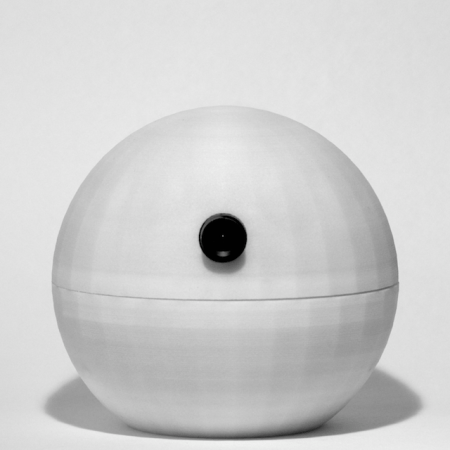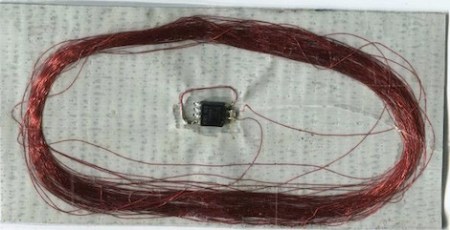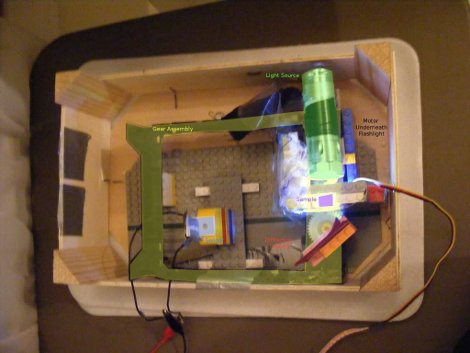
It’s a madhouse already at the 2011 Bay Area Maker Faire. Though the show doesn’t officially start until tomorrow, Friday is “Education Day”, a special preview for local schools. As makers scramble to set up their displays, a thousand impressionable young minds seek the most cacophonous mixture of taiko drumming, ArcAttack’s musical Tesla coils, and the beeping and booping of the R2-D2 Builder’s Club.
Maker Faire is returning for its sixth year at the San Mateo Event Center, and is shaping up to be bigger and zanier than ever. We’ll do our best to provide some live updates through the weekend. As always, check out the official site for pointers on hours, admission, parking and especially public transit options.
(Photo: Colossus, the death-defying centerpiece of the Midway area of the Faire.)















